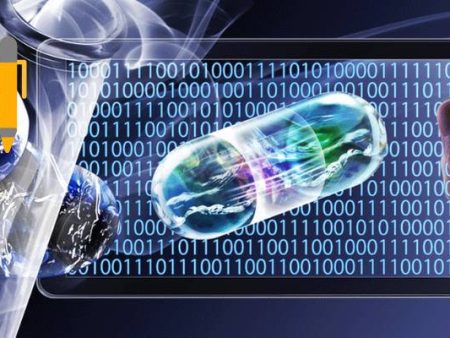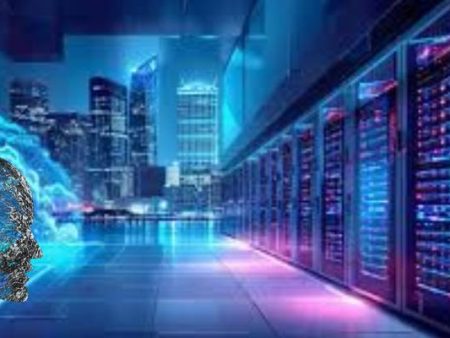Greg Brockman didn’t sound surprised when he said it — more like quietly amazed.
He revealed that OpenAI’s own models had been used to optimize chip layouts and circuitry, uncovering tweaks that human engineers would have taken weeks to find.
In his words, the AI “found massive area reductions” while designing hardware alongside Broadcom — a sign that the company’s technology is starting to loop back on itself, building the very infrastructure it runs on.
The details came to light when Brockman described the experiment that saved designers weeks of iteration time in developing new AI accelerators, a collaboration that’s now shaking up the semiconductor world through OpenAI’s growing partnership with Broadcom.
The bigger picture here is bold — almost audacious. OpenAI isn’t just training models anymore; it’s building the machines that train them.
The company recently announced plans to co-develop 10 gigawatts of custom AI chips and network systems with Broadcom, a deal that insiders say could redefine the future of data center hardware.
It’s a move that signals one thing loud and clear: OpenAI wants control over its entire compute stack, from silicon to software, as reported in coverage of the Broadcom partnership.
There’s something almost poetic about it — AI designing the brains it will soon inhabit.
Engineers used to spend months fine-tuning chip layouts by hand, but now algorithms can simulate, stress-test, and optimize millions of combinations overnight.
The process has become less of an assembly line and more of a conversation between human intuition and machine reasoning, something that echoes similar breakthroughs in chip co-design pioneered by Google’s tensor processing units, as noted when OpenAI’s chip ambitions drew comparisons to those TPU efforts detailed in reports on its broader hardware vision.
But this isn’t all smooth sailing. As Brockman pointed out, AI-generated chip designs still need careful human verification.
Layout errors or manufacturing incompatibilities could easily derail production, especially when scaling to the massive 10 GW capacity OpenAI and Broadcom are planning.
The two companies are already coordinating networking and fabrication efforts similar to what was outlined in early dispatches about their collaboration.
It’s hard not to feel a little awe here. If AI can truly design the next generation of hardware, it may compress entire eras of innovation into months.
The chip that powers GPT-6 could very well have been optimized by GPT-5. It’s recursive, eerie, and undeniably brilliant — like watching intelligence bootstrap itself in real time.
As someone who’s followed these shifts for years, I can’t shake the thought that this might be the moment where technology officially started to build its own future.


